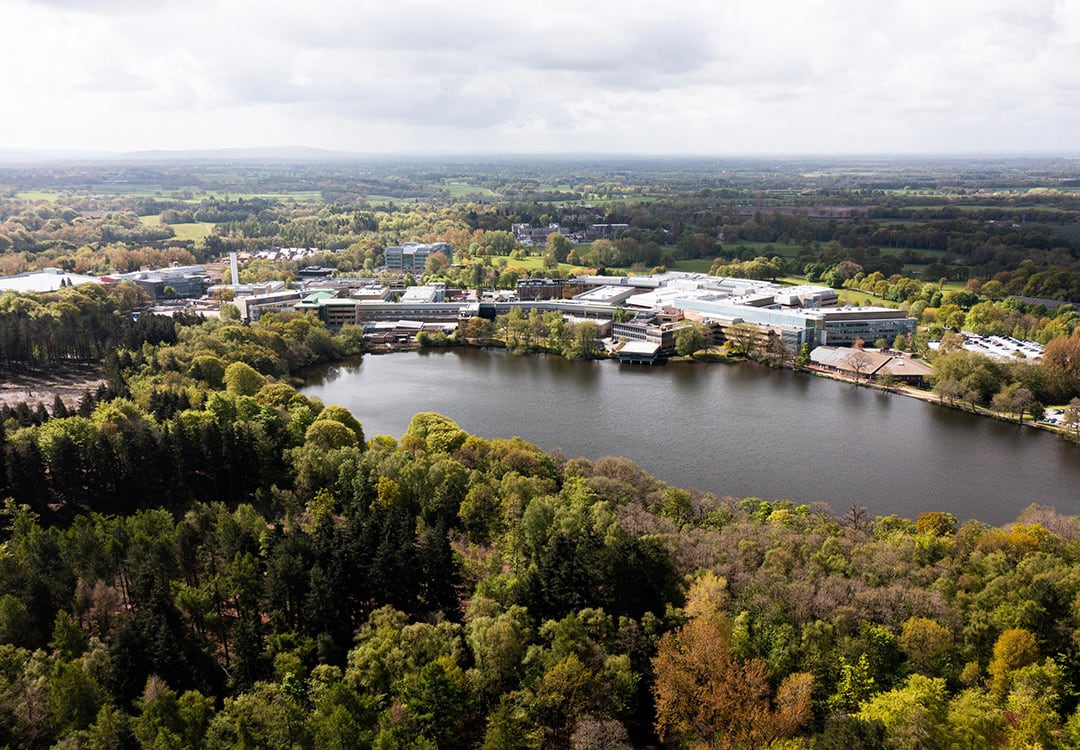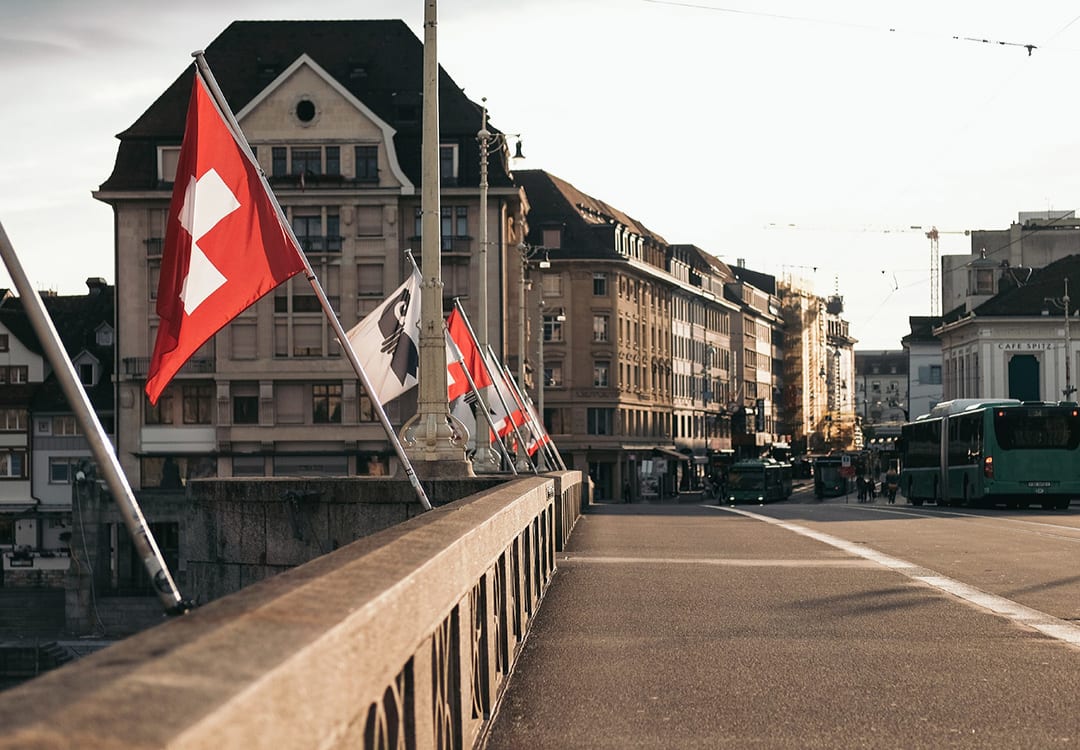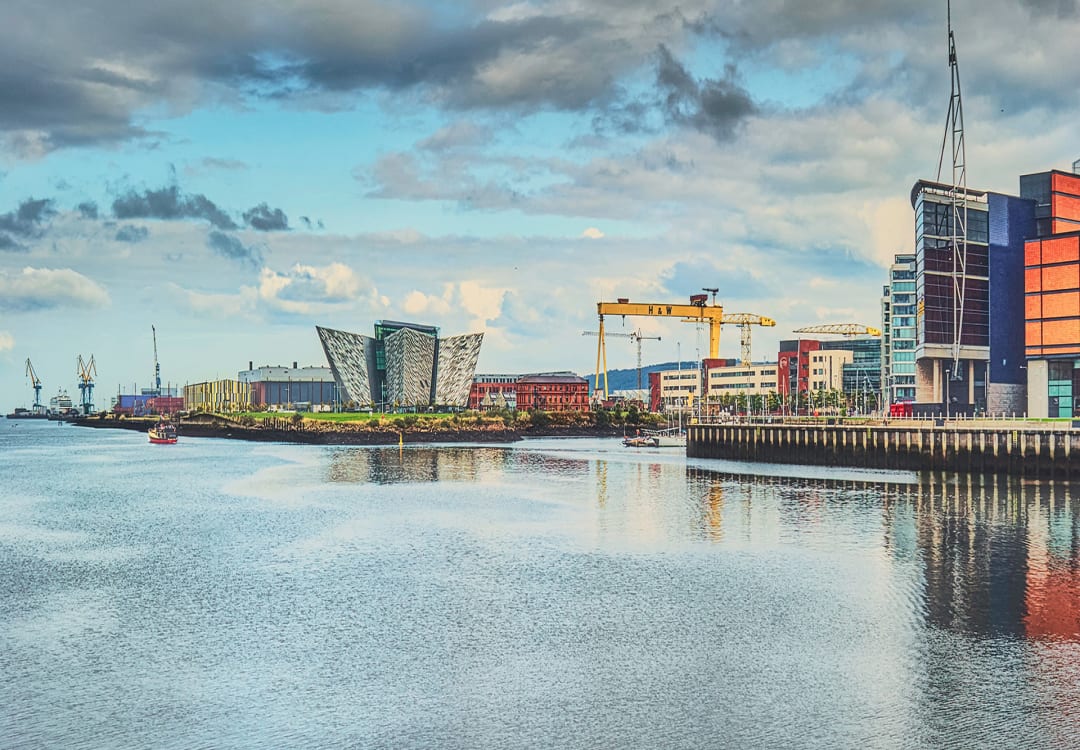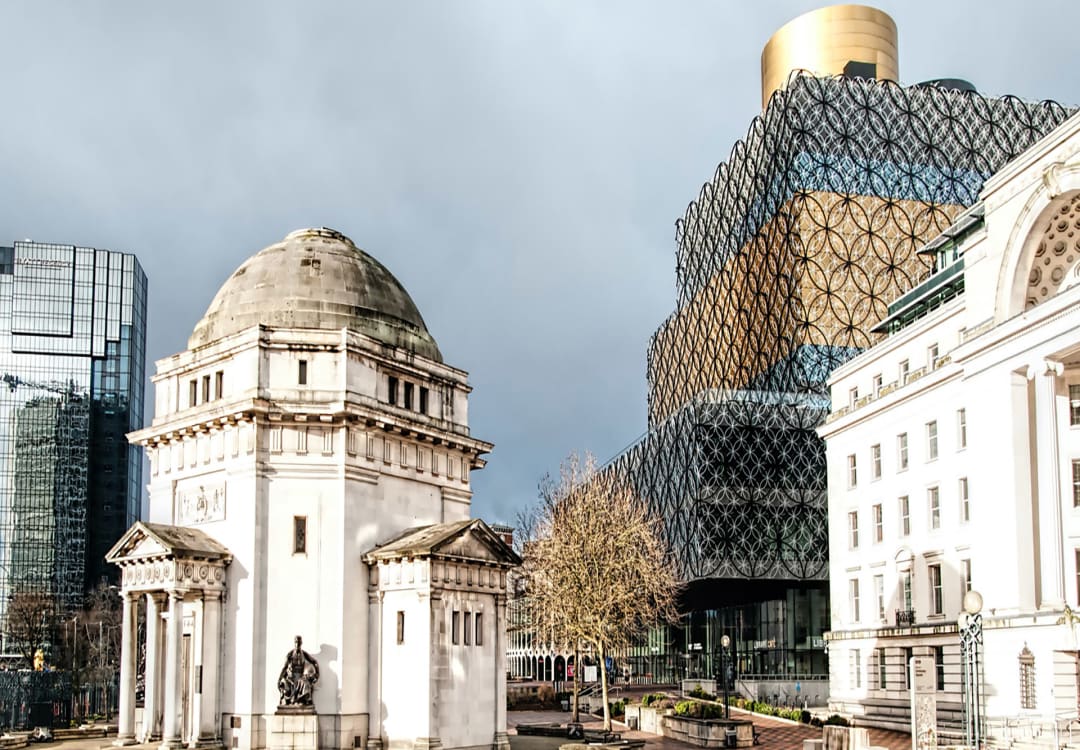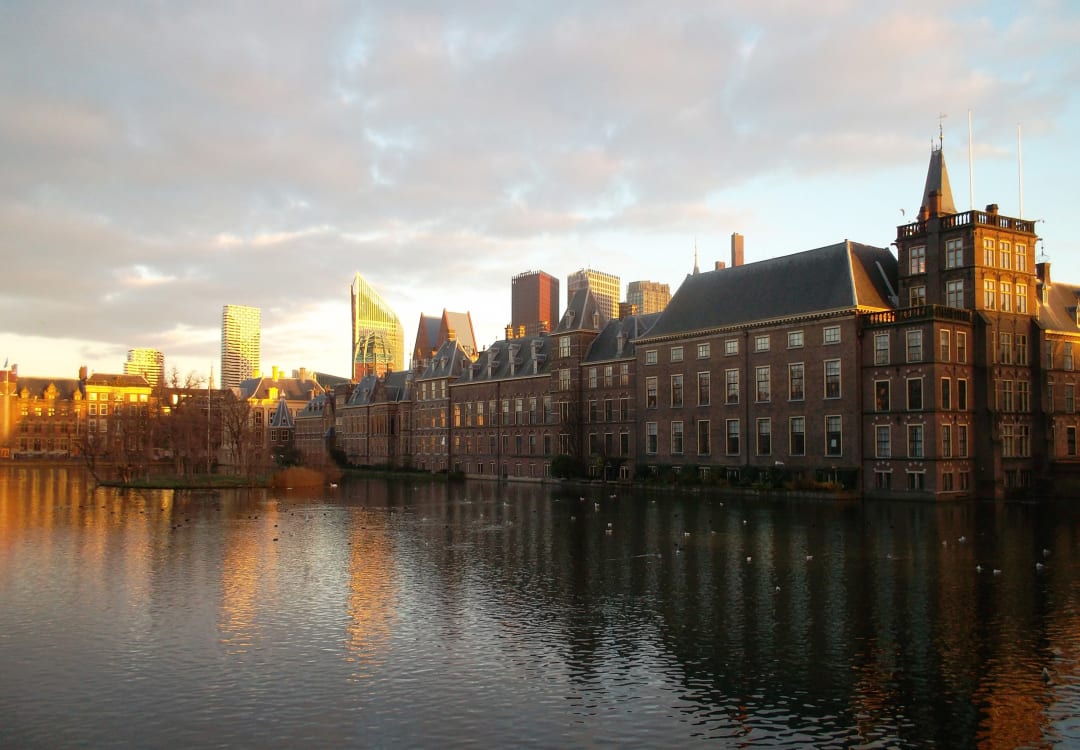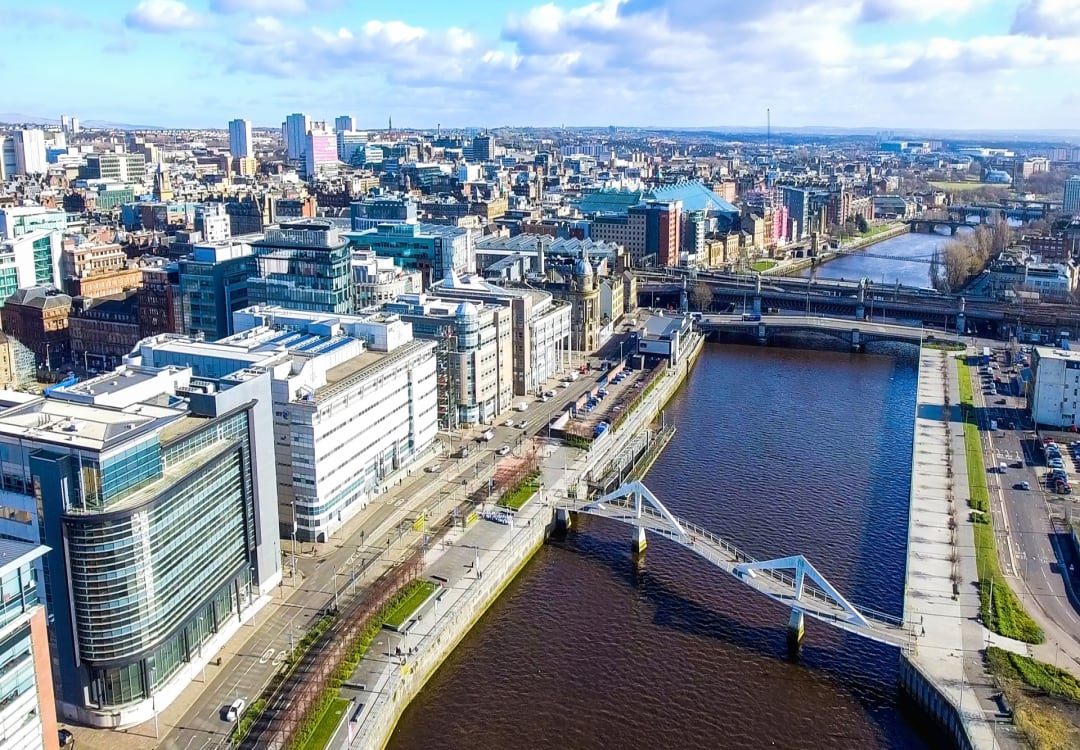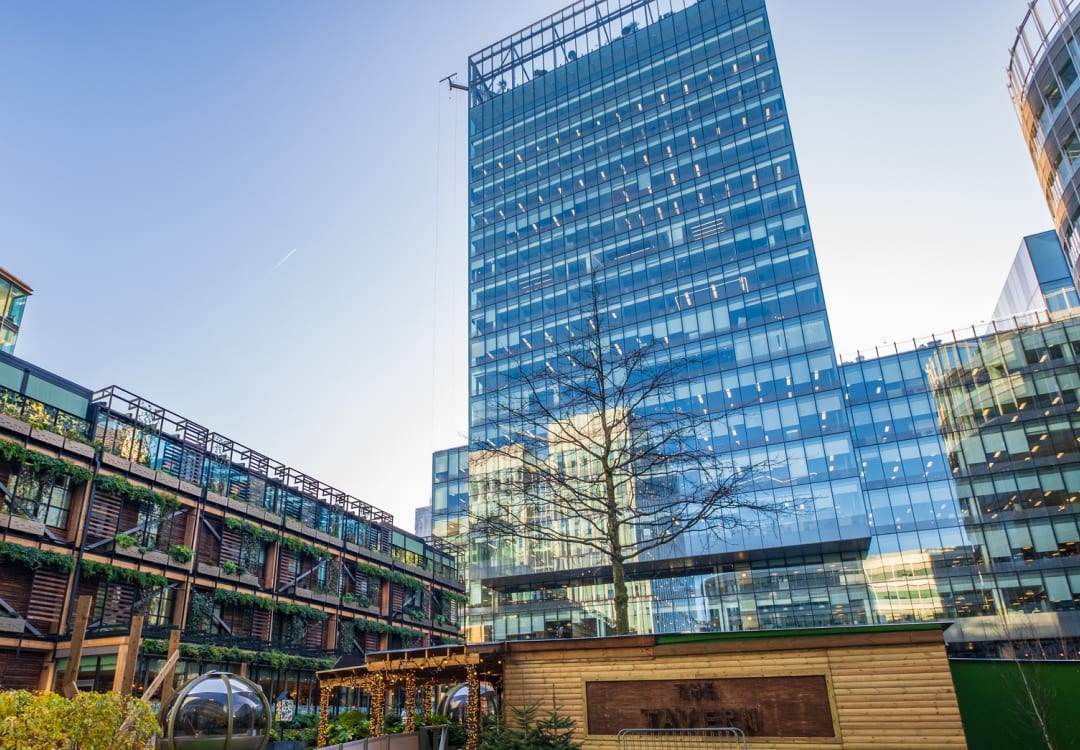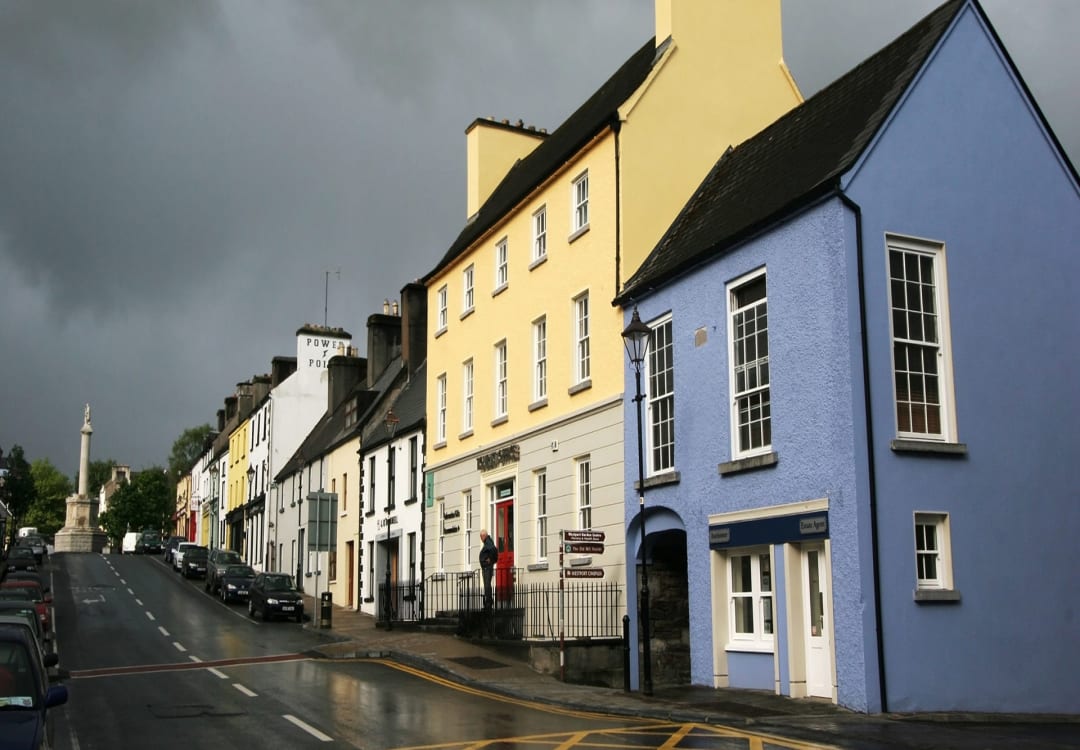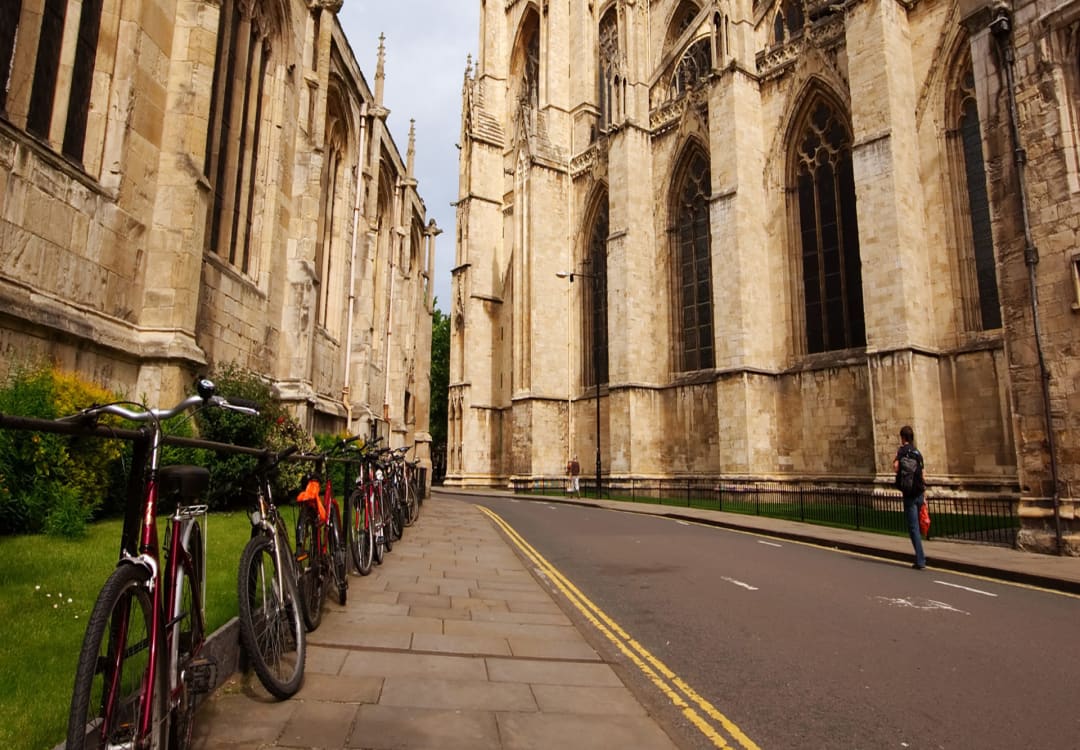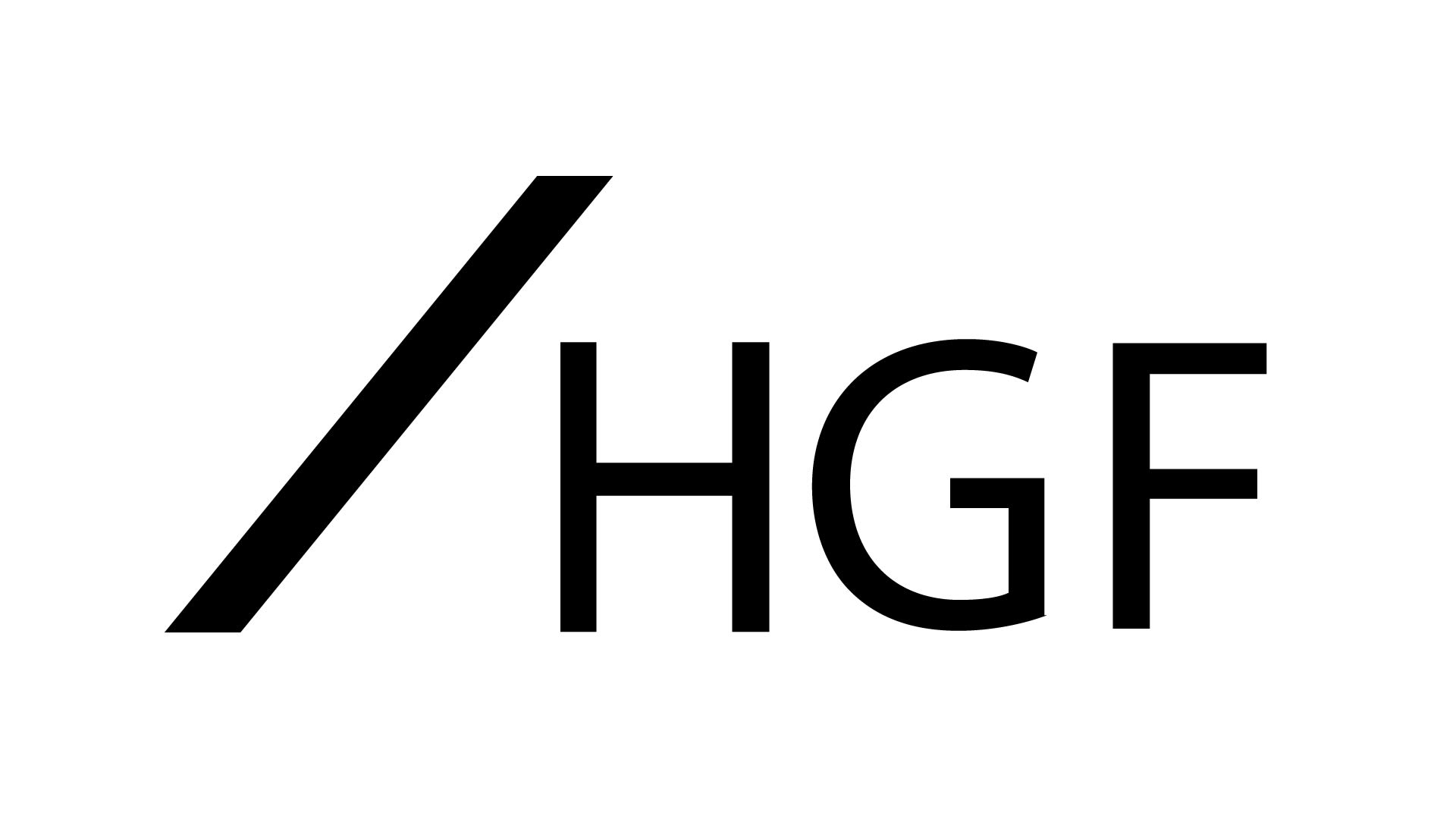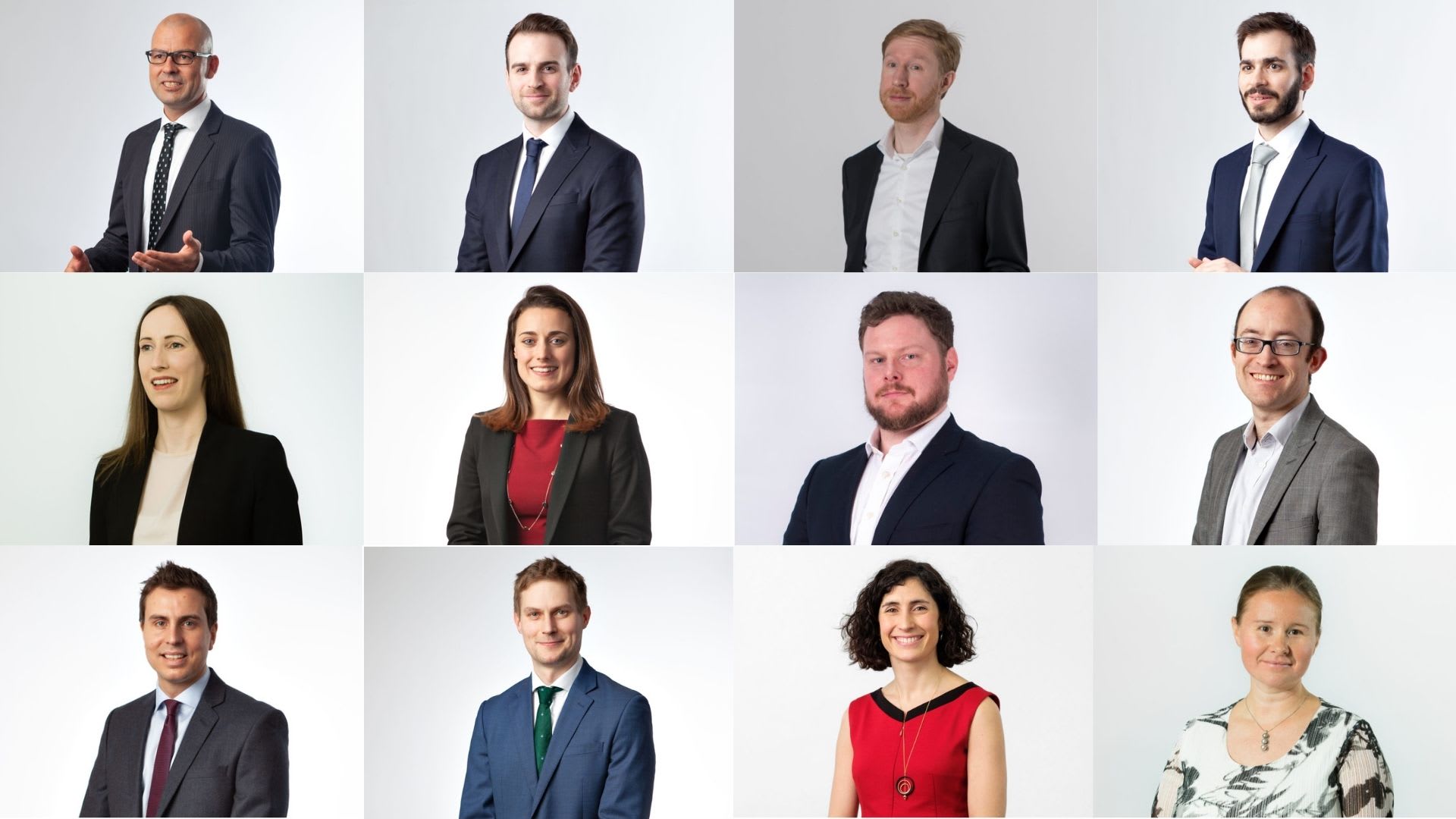Retail Scanner
Sustainable packaging – examples of innovation in the retail sector
März 2022
Internationally, 40% of plastic that is produced is for packaging that is used once and then discarded. In 2019, over 15 million tonnes of plastic packaging material waste was generated in Europe. There is a European drive to target recycling of packaging in a push to achieve a circular economy. This goal is demonstrated for instance, in the UK, where packaging is the primary focus of The UK Plastics Pact, an initiative from UK-based charity, The Waste and Resources Action Programme (WRAP).
The drive to reduce the amount of packaging that is produced, as well as to increase the reliance on packaging which can be re-used and recycled as part of the circular economy has led to significant innovation in the packaging sector.
The recovery and recycling of black plastic packaging has proven to be particularly challenging. This is because, traditionally, a pigment known as carbon black has been used in the production of coloured plastic materials, for example for the black plastic trays used for packaging meat. At recycling facilities, plastic waste is sorted into different polymer streams for reprocessing. Near infrared (NIR) sorting systems are used to automatically sort the waste. Unfortunately, packaging which contains the carbon black pigment cannot be detected by NIR sorting systems. This has the consequence that carbon black-containing plastic remains in the leftover stream of unsorted waste and is either sent to landfill or incinerated.
Aside from the aesthetic value of black plastic packaging, which is appreciated by consumers, retailers and producers alike, there are also other substantial reasons for colouring plastic. For instance, the addition of black pigments to recycled plastic material which is not suitable for use in the production of clear, transparent packaging, means that the recycled plastic material can be used as a raw material to produce black packaging instead of being diverted to landfill.
As an indication of the type of creativity and innovation that is occurring to achieve the goal of a circular economy, we have looked at the innovations that have been developed to solve the technical problem of recycling black plastic packaging. The innovations we identified include the development of alternative colour additives and pigments which are detectable by NIR sorting systems.
One example of a packaging solution which uses an alternative black colour additive is the DETECTA® packaging developed by Quinn Packaging (which has since rebranded as Mannok) in Ireland. The DETECTA® packaging includes pigments which are detectable by existing, NIR, sorting systems and is made from 100% recycled materials. Mannok has applied for UK and European patents for its recyclable black plastic food tray which can be detected by NIR systems. Following the launch of DETECTA® packaging, Tesco Ireland and LIDL Ireland both agreed to switch to DETECTA® packaging. This enabled the diversion of over 500 tonnes of black plastic to recycling that would otherwise have gone directly to landfill.
Around the same time, Unilever devised an alternative approach in which packaging is formed from layers of recycled consumer packaging items, such as plastic film, bottles and the like, known as post-consumer resin (PCR). An outer layer of the packaging is formed from natural plastic waste (N-PCR) and an inner layer of the packaging includes at least 50% of coloured plastic waste (J-PCR). At least one of the layers comprises a pigment that is detectable by NIR sorting systems. This type of packaging is the subject of an international patent application.
Each of these approaches result in packaging which are not only detectable by NIR sorting systems and, therefore, easier to recycle, but they are also manufactured from recycled plastics, thereby contributing to the circular economy.
In order to obtain patent protection, Mannok and Unilever will need to progress their patent applications filed at the relevant patent offices and establish that their innovations are patentable inventions i.e. that they are new and are not obvious developments of existing technology. If they are successful, Mannok and Unilever will have a commercial advantage over their competitors as they will be able to licence the technology or prevent competitors from using the technology without their permission.
Alongside these developments to the materials used for packaging, research and development has also been done to develop new sorting systems which can detect carbon black-containing materials. Specim, for example, has developed a hyperspectral camera which collects data in the Medium Wavelength Infrared (MWIR) region and can detect plastics which contain carbon black. Tomra Sorting has taken an alternative approach and has developed a Laser Object Detection (LOD) system.
We have used the published patent specifications as a source of locating the information for this review. This is a good example of how searching patent literature can help to understand the strategic direction that competitors are taking with regard to innovation and following a particular competitive advantage, such as a competitive strategy based on sustainability as their value proposition.
As well as the benefits for the environment in innovation around sustainable packaging, protectable IP can be valuable and help to provide a commercial advantage on competitors.
This article was prepared by HGF Senior Patent Attorney Dr Jennifer Unsworth.



